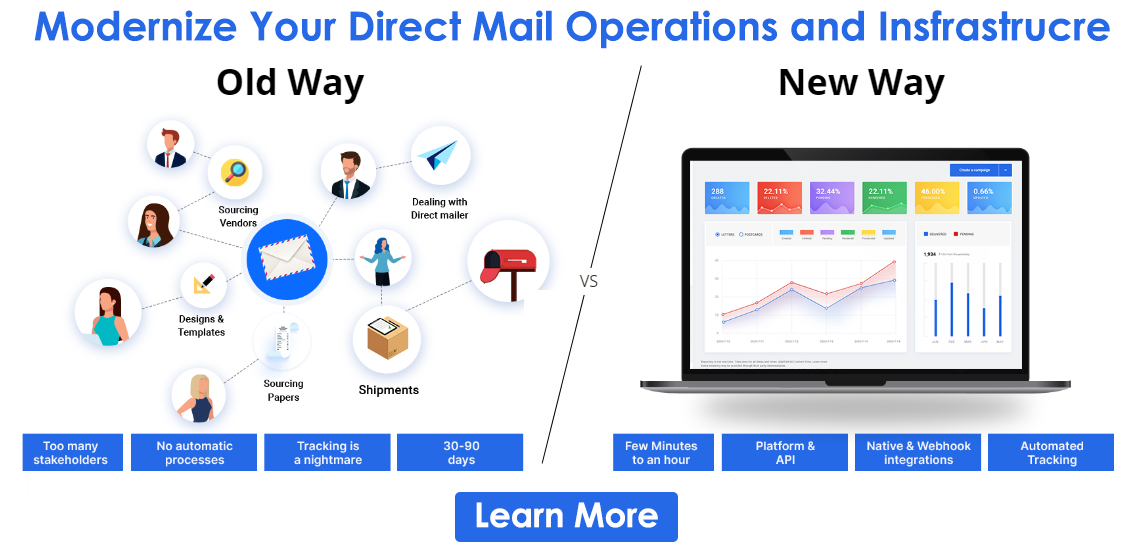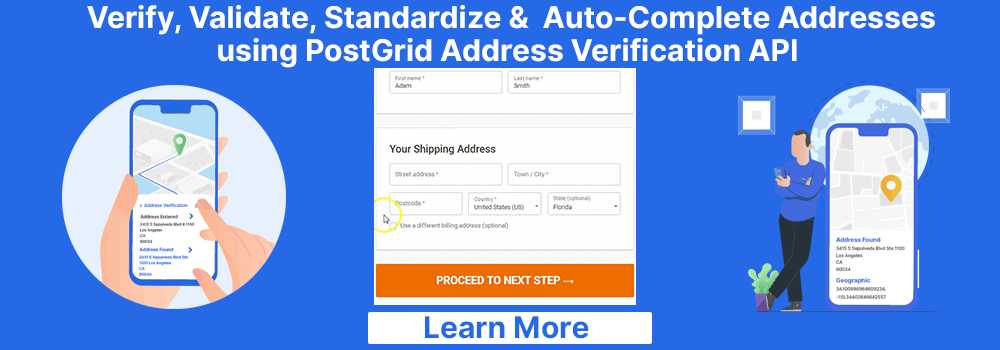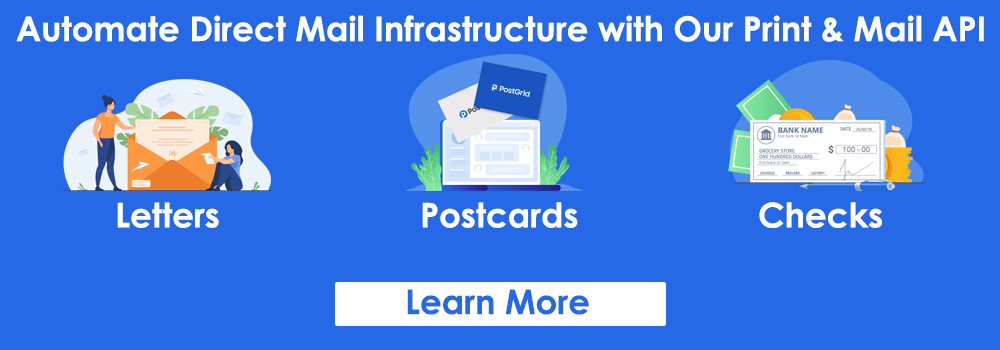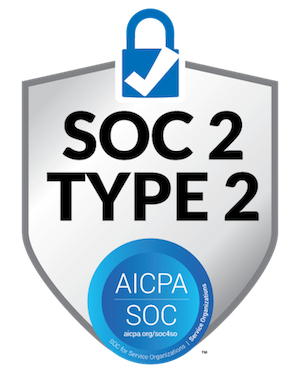
Intelligent Automation in Insurance Industry
There has been increasing pressure on the insurance industry to provide better quality customer service, reduce claim settlement times, etc. It is simply because customers find it easy to switch to other insurers due to cut-throat competition in the insurance market. So, what can you do to retain your customers and stand out from the crowd?

Clearly, insurers need to offer more to their clients at reduced costs. But, legacy systems, loads of manual work, repetitive routine tasks, outdated operations, etc., make it hard for insurance companies to achieve such goals.
Fortunately, they can do something about it! Robotic Process Automation (RPA) can help insurance companies automate everything—from data compilation to administrative duties.
However, there are some restrictions on how RPA can help insurance companies. For instance, it can only complete repetitive jobs that do not require decision-making.
Hence, insurers now combine it with AI to increase the scope of automation in their field.
This blog highlights the role of automation in the insurance industry and discusses the various use cases for your reference.
Keep reading to explore further!
Challenges of Deploying Automation In The Insurance Industry
RPA helps automate rules-driven, digitized, and high-volume tasks that insurers undertake every day. But, there are specific prerequisites to it that you may need to fulfill. It can be very complicated to use RPA if these underlying tasks are incomplete.
For example, you need to feed in an ample amount of data for RPA to function properly. This data could be available in various formats, like structured, unstructured, or semi-structured. In such situations, you need to examine all the data yourself before RPA can fulfill any further tasks.
Also, you can share such data via multiple channels, like phone calls, emails, mail, online portals, PDF and other attachments, etc. Before automating anything, insurers need to contextualize and segment all the files and their contents. Again, it is time-consuming and requires intensive manual labour.
Also, claim settlements require you to interact with several third parties, like insured customers, medical providers, claim adjusters, brokers, insurance professionals, etc. Every interaction makes the process of using automated tools even more complex.
RPA does not work well with ambiguous rules that keep changing with situations. Thus, you can use the traditional RPA only when you are ready with a mechanism to conduct most of the jobs by yourself. It is one of the prime reasons why the insurance industry started using automation quite late.
How Insurance Intelligent Automation Is Changing the Face of the Entire Sector?
As said above, insurers tried out Optical Character Recognition (OCR) and RPA to ease their work and increase efficiency. However, they could not achieve the maximum automation potential and started using Intelligent Automation (IA).
IA is the combination of AI and RPA and a life-saver for several insurance companies. By integrating different technologies, it is possible to solve problems quickly and scale operations.
Here are a few more points on how will automation affect insurance services:
- Employment changes: Automation helps companies eliminate manual jobs that are daunting and time-consuming. Instead, they can replace such jobs with specialized tasks to help cater to client needs in a better way.
- Personalized customer experience: IA enables insurance agents to transfer many activities like customer onboarding, solving queries, etc., to bots. Hence, they have more time to offer personalized and timely services to policy-holders.
- New working systems: Undoubtedly, automation helps companies build new working mechanisms that get everything done faster and more efficiently. They can incorporate IA into their existing IT infrastructure to ensure the smooth execution of these new systems.
Hence, automation helps increase productivity, market adaptability, and profitability.
Intelligent Automation Insurance Use Cases
IA can help insurance companies improvise almost all their functions. Here are some use cases or examples of how it can offer tangible, long-term results:
Assessment and Settlement of Claims
Speedy and hassle-free claims processing is a crucial part of insurance services. Customers expect insurers to assess their claims at the earliest and complete the entire process in a couple of days.
However, in reality, it is a lengthy procedure that could take up to a few weeks. Assessing and settling claims need you to examine several documents such as:
- Medical reports for health or life insurance claims.
- Police reports, inspection certificates.
- Photographs and other evidence of damage (in the case of auto insurance, property insurance, etc.).
Any mistakes or delays can result in customer frustration that can tarnish the image of your business. Hence, it is advisable to automate your claims assessment workflow to eliminate friction and accelerate claims-related functions.
Policy Issuance and Upgrades
Managing policies is an everyday task for insurers, but it is not simple. For example, the policy issuance stage requires insurance agents to undertake jobs, like:
- Issuing the right policy to customers.
- Updating the related information in the company’s internal systems.
- Communicating every detail to the customers for a smooth onboarding.
Intelligent Process Automation in insurance saves you the trouble of putting in time and effort to complete the above activities.
Plus, existing policy-holders find it easy to submit update requests in an automated way rather than calling up or emailing their agents. Suppose you incorporate a live bot on your website to ask customers what they need and provide them with a relevant link. You can make the entire process convenient and quick for yourselves and your customers.
Automating policy management can also help you with other document-intensive tasks, like:
- Analyzing statements of value reports.
- Processing loss run reports.
- Explaining evidence of insurability to policy-holders, etc.
Regulatory Compliance
Insurance workflow automation helps insurance companies remain compliant with data security laws, financial regulations, etc. Often, any changes in these regulations compel insurers to rethink their business strategies and operations to avoid breaches.
One example of when insurance agents need to be careful with specific compliances is name screening. Of course, they can use efficient screening systems, but they might still need to handle false positives to ensure accuracy.
Other examples include customer eligibility checks, data validation, data security checks, client background research, regulatory reports generation.
Underwriting
Underwriting is a significant aspect of policy issuance. It involves collecting and analyzing data to determine the risks associated with specific policies.
Automating the underwriting procedures can help you boost speed and accuracy. It enables you to gain customer loyalty and trust.
Below are some examples of potential risks that insurers look out for:
- Financial status: The insurance coverage given to a person should not exceed a specific limit. For example, if the applicant’s net worth is $X, their coverage amount cannot go beyond 5X, 10X, etc. This figure can vary for different insurance companies.
- Creditworthiness: Insurers must check the credit score of applicants to determine whether they can pay the premium or not.
- Health threats: The premium rates of applicants that already have some health conditions, like diabetes, lung disease, etc., are higher than usual. Hence, health threats are an important consideration in the underwriting process.
- Duplicate policies: Insurance companies also verify whether the applicant has any other ongoing policies.
Thus, underwriting can take up a lot of time and delay sales. But, you can prevent such issues by using Intelligent Automation for insurance underwriting.
Marketing and Sales
Apart from all the above operations, insurance companies also need to level up their marketing game. It can help them generate new leads and increase brand publicity.
They have several options, like email marketing, digital marketing, direct mail advertising, etc. Apparently, direct mail does better than online marketing channels, and insurers must embrace it to get a positive ROI.
But, it can be expensive and hectic to conduct direct mail campaigns manually. Also, it takes weeks of planning to pull off something as such.
Luckily, PostGrid’s direct mail API can help you automate your offline marketing activities. It assists you throughout the campaign, from compiling segmented mailing lists and printing items to distributing and tracking. This way, PostGrid helps you implement your lead generation and customer retention strategies effortlessly.
 Also Read: Proof of Insurance Letter
Also Read: Proof of Insurance LetterBenefits of Automation In the Insurance Industry
If you are still doubting the power of using IA processes in the insurance industry, this section is for you.
Here, we have mentioned some of the most common yet transformational benefits of automation in the insurance industry:
Data Management
We already discussed how insurers have to sort structured and unstructured data that they receive in multiple electronic and paper formats. Well, automation can help them go through all pieces of unstructured data and draft precise reports accordingly.
End-to-end automated processes facilitate:
- Downloading and segmenting data from various sources.
- Reading and sorting emails according to their purpose and contents.
- Extracting and screening related data files, like scanned agreements, transcripts, and email agreements.
Integrating Legacy Systems With New Tools
Implementing new systems might need a lot of investment, which is why some companies stick to their legacy applications. However, IA helps integrate these new tools with legacy systems so that companies don’t need to replace their entire infrastructure.
Processing Payments
Insurers need to release settlement amounts to claimants from time to time. They can automate the process of generating receipts, invoices, etc., and mailing them to customers and service providers. In fact, they can set up auto-payments in some cases, further reducing their workload.
PostGrid’s automated print and mail API can help you create, print, and mail items, like:
- Account statements
- Invoices
- Bills
- Letters
- Forms
- Cheques
- Receipts, etc.
Examine Situations In Real-Time
Suppose you need to collect details of a natural disaster to compensate the loss to an applicant. IA can assist you in pulling such information without any trouble to enable you to examine such situations closely.
You can also get advice from medical practitioners or other professionals regarding different types of claims. Automation makes such tasks faster and easier for companies.
Conclusion
Since the insurance sector involves hundreds of small and big back-office operations, companies have started adopting IA vastly. It allows them to streamline their activities and increase productivity.
However, it is equally crucial to automate your marketing tasks so that you can focus more on other aspects of your business. PostGrid can help you get there by offering impeccable direct mail services at competitive rates.
Plus, PostGrid backs up your customer retention and lead generation processes to help you maximize your ROI. Sign up here to see how we can help incorporate automation in the insurance industry smoothly!
| You may also want to read | |
|
1. |
How to Grow Insurance Business? |
|
2. |
Cross Sell Campaign Postcard |
|
3. |
What is Self Mailer and its Types |
|
4. |
Retail Marketing Automation |
|
5. |
Hipaa Compliant Print and Mail |
|
6. |
Corporate Gifting Platform |
|
7. |
Print Mail Catalogs |










